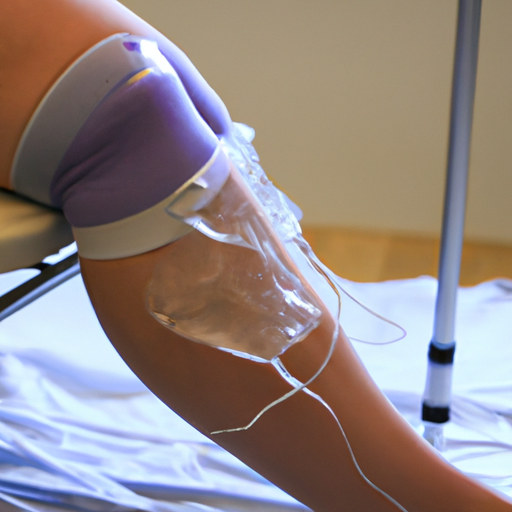How Do Intermittent Pneumatic Compression Devices Work?
Intermittent pneumatic compression (IPC) devices have gained popularity in the medical field for their effectiveness in preventing blood clots and promoting circulation. But how exactly do these devices work? In this article, we will explore the mechanism behind intermittent pneumatic compression and its benefits.
The Mechanism Behind Intermittent Pneumatic Compression
Intermittent pneumatic compression devices consist of inflatable cuffs that are placed around the legs, arms, or other affected areas. These cuffs are connected to a pump that delivers compressed air or gas. The device works by inflating and deflating the cuffs in a cyclical manner, applying intermittent pressure to the limbs.
Enhancing Blood Flow and Preventing Blood Clots
The primary purpose of intermittent pneumatic compression is to enhance blood flow in the limbs. When the cuffs inflate, they exert pressure on the underlying tissues and blood vessels. This pressure helps to compress the veins, forcing the blood to flow back towards the heart. As the cuffs deflate, the pressure is released, allowing fresh blood to flow into the limbs.
This cyclical compression and release of pressure mimic the natural pumping action of muscles during physical activity. By promoting blood circulation, intermittent pneumatic compression devices help prevent blood clots from forming in the deep veins of the legs, a condition known as deep vein thrombosis (DVT). DVT can be a serious medical condition that can lead to complications such as pulmonary embolism if left untreated.
Benefits of Intermittent Pneumatic Compression
1. Preventing DVT: Intermittent pneumatic compression devices are commonly used in hospitals, especially during surgeries or for patients who are immobile for extended periods. By preventing blood clots, they reduce the risk of DVT and its associated complications.
2. Edema Reduction: Intermittent pneumatic compression can also help reduce swelling and edema in the limbs. The pressure exerted by the cuffs aids in draining excess fluid from the tissues, promoting better lymphatic drainage.
3. Enhanced Wound Healing: For individuals with wounds or ulcers, intermittent pneumatic compression can improve healing by increasing blood flow to the affected area. The improved circulation helps deliver essential nutrients and oxygen to the tissues, facilitating the healing process.
4. Lymphedema Management: Intermittent pneumatic compression is an effective treatment option for individuals with lymphedema, a condition characterized by the accumulation of lymphatic fluid. The compression helps to reduce swelling and improve lymphatic drainage.
In conclusion, intermittent pneumatic compression devices work by applying intermittent pressure to the limbs, promoting blood flow and preventing blood clots. These devices have numerous benefits, including preventing DVT, reducing edema, enhancing wound healing, and managing lymphedema. If you or someone you know could benefit from improved circulation and reduced risk of blood clots, consider discussing intermittent pneumatic compression with a healthcare professional.




